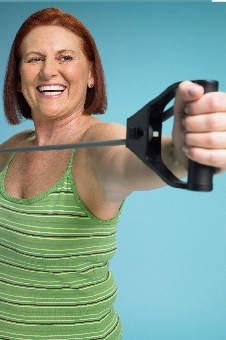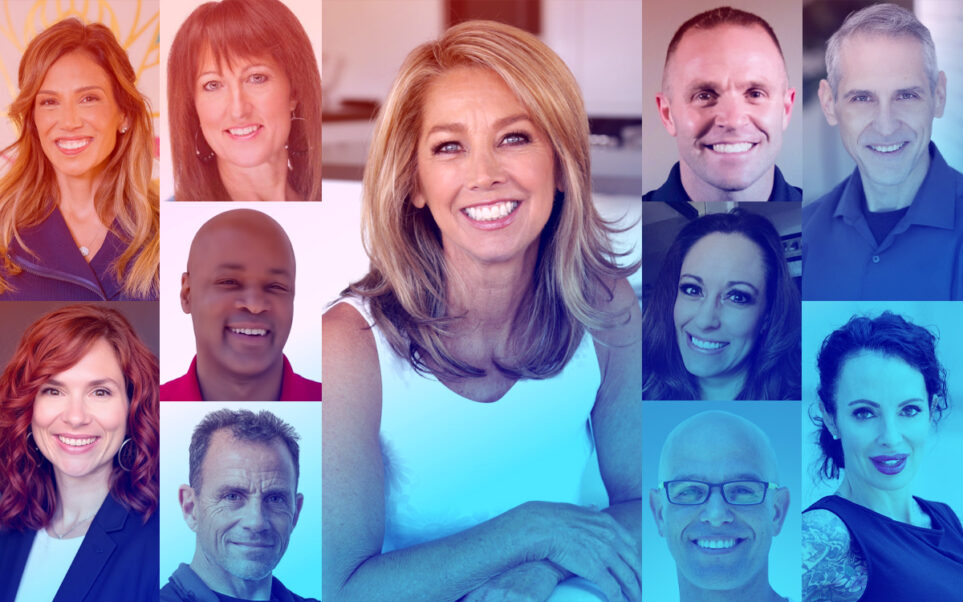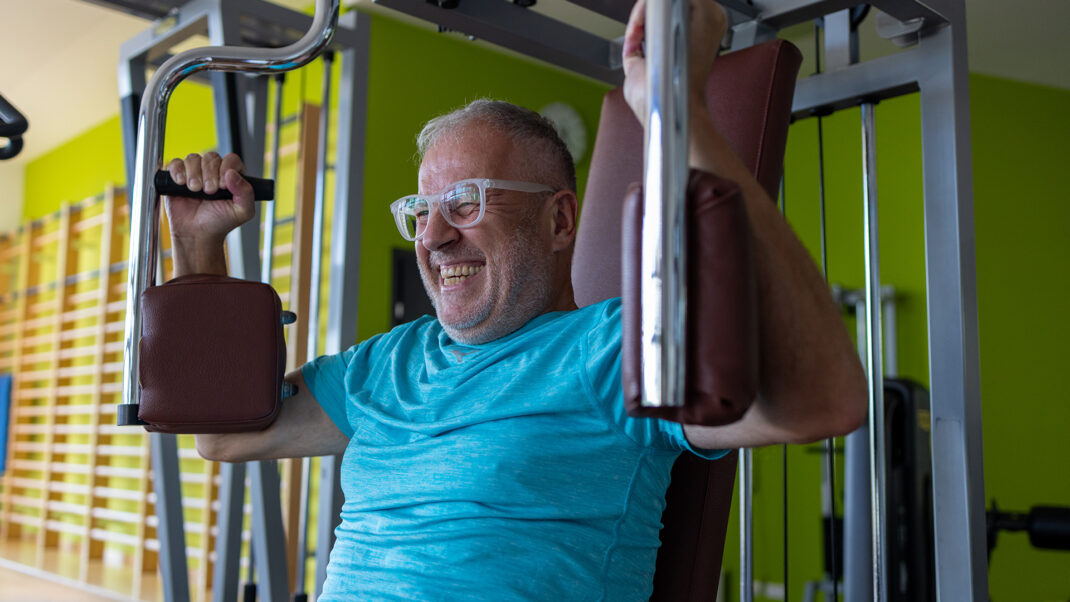Functional Training for Mature Adults
Cody Sipe, PhD, and Dan Ritchie, PhD, nailed it.

I want to express my gratitude for the thoughtful and thorough review of training for seniors in “The Significant 7: Principles of Functional Training for Mature Adults” (January 2012) by Cody Sipe, PhD, and Dan Ritchie, PhD. They nailed some of the salient features of errant training concepts and methods that I have seen by trainers who just don’t understand the needs of the elderly.
For one thing, [the authors] differentiate the goals of strength and power, balance devices and function, and exercises and exercise choices. In my experience as a personal training studio owner (STEPS Inc.) and as a presenter for a national continuing education provider, [I have seen that many trainers] do not realize that power training—which can be done without heavy loads but must be done with faster contractions—is more useful for activities of daily living. Likewise, static balance work on an unstable surface has been shown to be valuable for those joints closest to the surface: ankles, then knees, and then maybe hips/core—but may not provide any substantial benefits to total body control while moving/ambulating. Finally, the kinds of exercises chosen for this population too often fail to promote neuromuscular coordination of multiple joints that would transfer to real-life needs. Furthermore, some of the exercises may actually create problems where none existed, especially to the rotator cuff or low back, without providing the kind of strength people need.
I would like to offer one more principle to their seven: Not every exercise needs to be done with increasing loads. For the elderly, and for many others, high reps may be sufficient, if not necessary.
Irv Rubenstein, PhD
President, STEPS Inc.
Nashville, Tennessee
More Thoughts on Nutrition Scope of Practice
At 22, I was diagnosed with Crohn’s disease, a digestive disease causing inflammation and scarring in the digestive system. I fought permanent surgical solutions and opted for the newly developed cutting-edge medicine. When it showed little sign of helping me truly get a handle on the disease, I began to study everything I could about nutrition. How did healthy people digest food? Where in the system was it digested? How much of any of the nutrients were valuable and for what? My hope was to optimize food for me.
I discovered that we knew quite a bit about what the body needed to be healthy. And so I began preaching, much as Joseph Pilates did about the body, to anyone who would listen. Much of what I learned [in my research] 20 years ago is common knowledge today.
Five years ago I opted for a permanent colostomy, removing my colon and rectum. I now wear a bag on my stomach. I decided I would embrace a new body and a new potential for a life, and after my surgery I chose to rebuild my core with Pilates. I’ve been hooked ever since and look forward to helping others understand how to develop a deep, meaningful and positive understanding of how their bodies work.
I hope to work mostly with people like myself; Crohn’s is an autoimmune disease and prompts other issues. There are two things my suffering clients can control: how they eat and the quality of their movement and tone. I have seen [the good] this can do. I believe it with all of my being and understanding.
I intend to counsel my clients with the information I know they could find themselves on the Internet if it wasn’t so confusing and misguided. I am a coach, not a nutritionist. I understand that I won’t be able to sign a code of ethics if I intend to “go outside my educational scope.” However, I feel that based on what I know and the people I hope to serve, it would be unethical to keep from them my experience and guidance. I believe it is only with both nutrition and movement that we can truly find the vitality that eludes so many.
Samantha Wellman
Pilates Instructor
Los Gatos, California
samantha@samanthapilates.com
I am an IDEA member, am certified with ACSM and have been a personal trainer, group exercise leader and boot camp owner for over 30 years. I am well aware that I am not a dietitian and I legally can’t give out “diet plans,” but I feel that I can give out commonsense guidelines. I tell my clients simply to eat [real] food. A few decades ago, that would have been easy [advice to follow], but today it’s very difficult (even though I live in Northern California near Berkeley)!
I agree with food journalist Michael Pollan: I believe the processed food industry has a lot invested, and our society as a whole has fallen for it. I tell my clients to shop farmers’ markets. I take them grocery shopping, and we don’t buy anything out of a box. I [suggest they] use the Fooducate app if they have to buy canned foods. I copy articles and recipes and give them alternatives when they ask me.
I write fitness and wellness articles, and I address the obesity situation all the time. I think as an industry we need to step it up and start to implement sound nutrition guidance so that our clients can feed their families better. I also think we need to get into the school systems and redo the 100% processed foods they are feeding our kids. We need to address the food lobbyists and get insurance companies on board with an “eat well” campaign.
I think IDEA would be doing a great service not only to fitness professionals but to the general public by offering a food and nutrition certification along with the new IDEA Food & Nutrition Tips newsletter!
Sue D’Alonzo
Owner, D-Fit Boot Camp
Pinole, California
IDEA Fitness Journal: “Truly World Class!”
Congratulations on 30 incredible years! Your journal is truly a world-class publication. Every article and editorial is full of vital information for fitness professionals.
Lynne Brick, RN
Brick Bodies Fitness Services Inc.
Baltimore, Maryland





